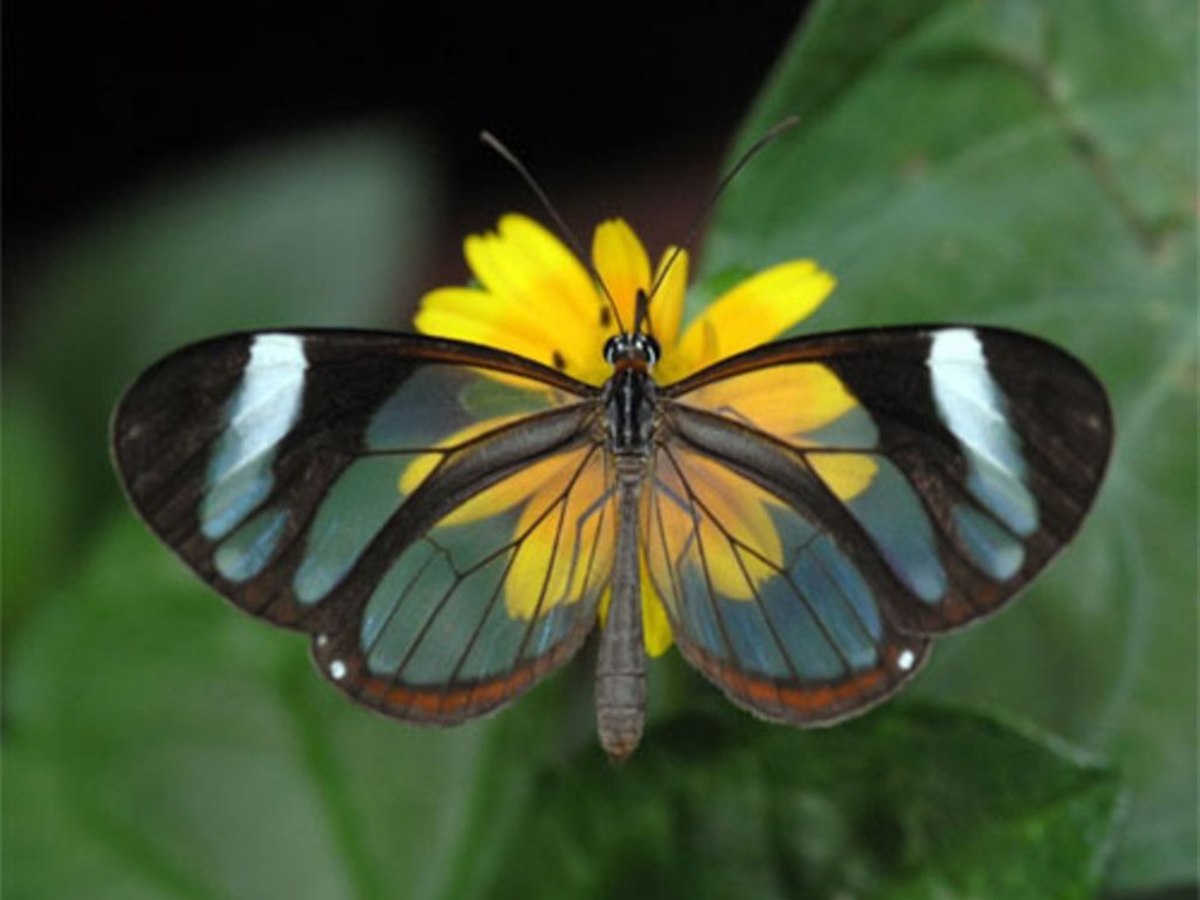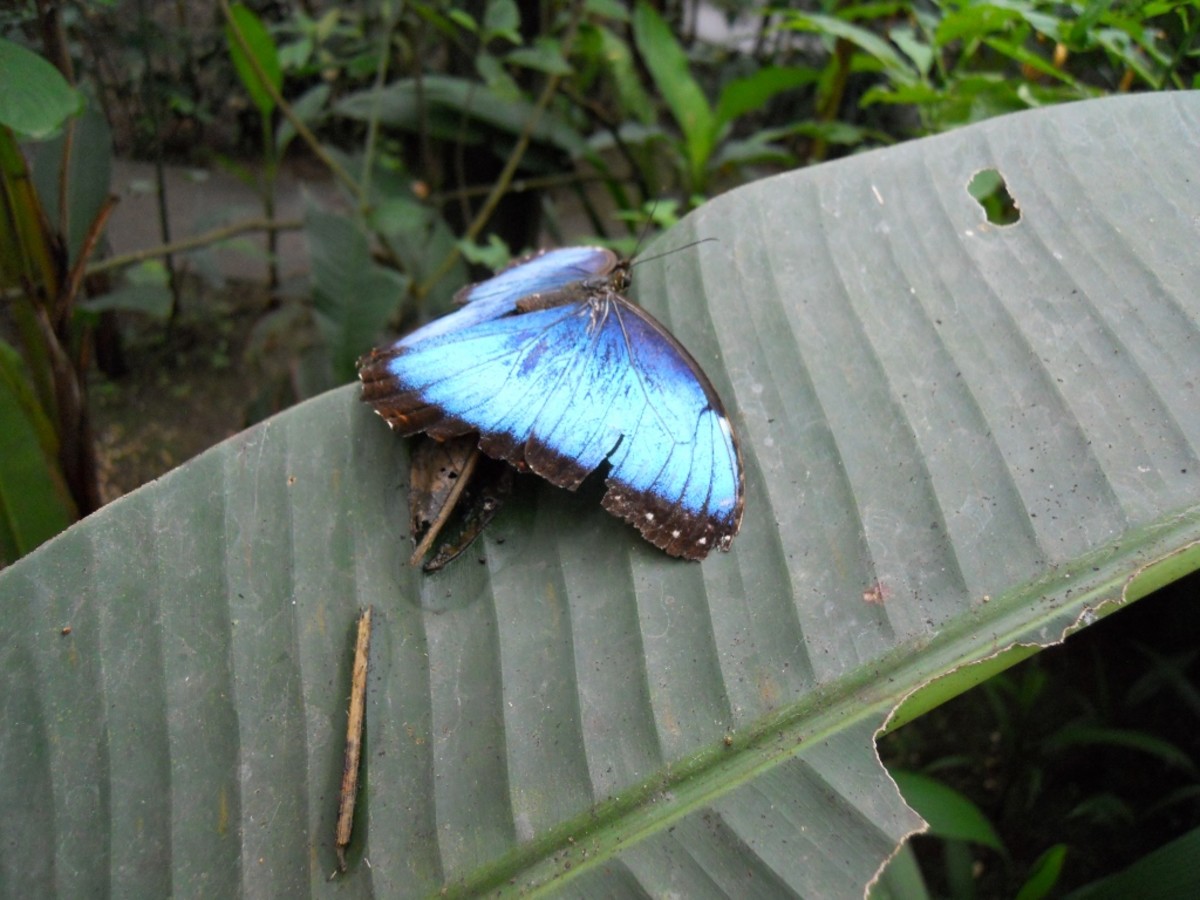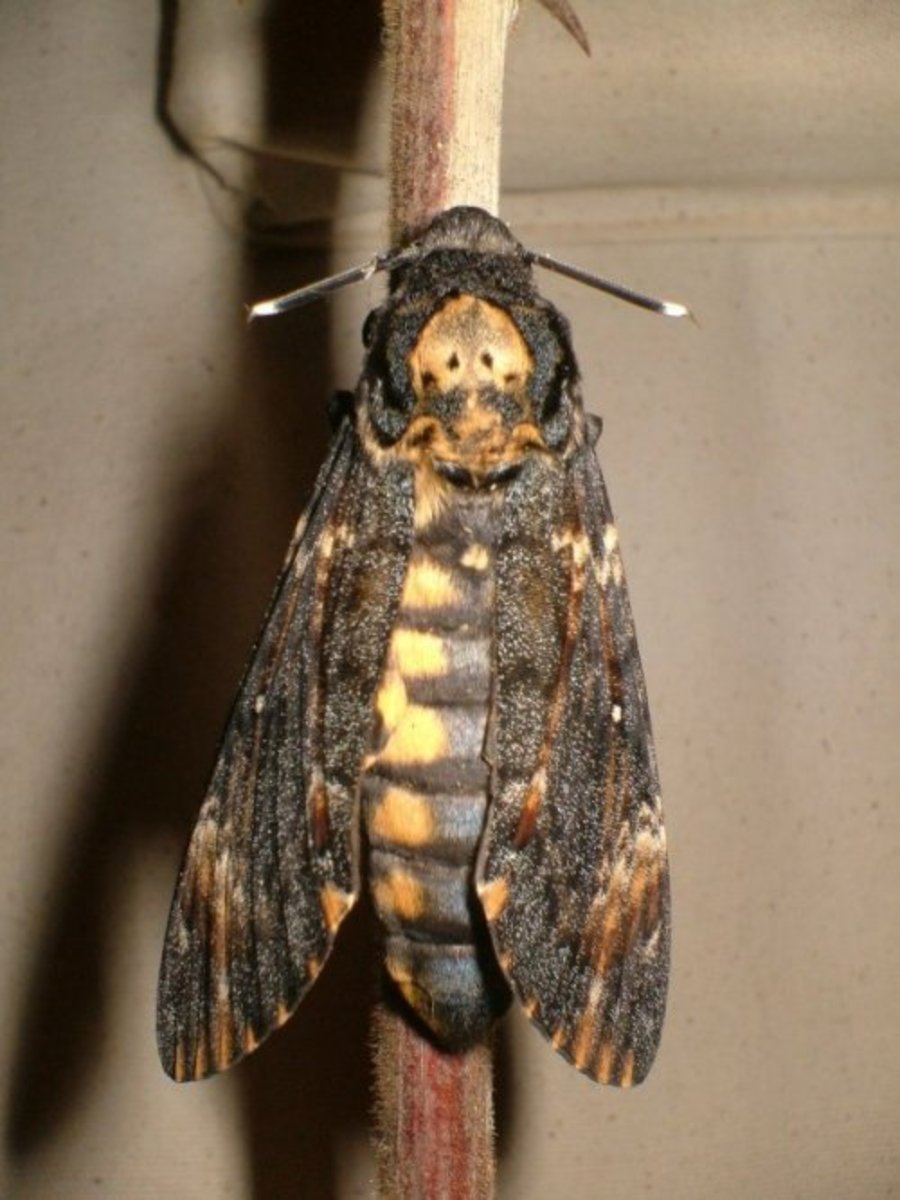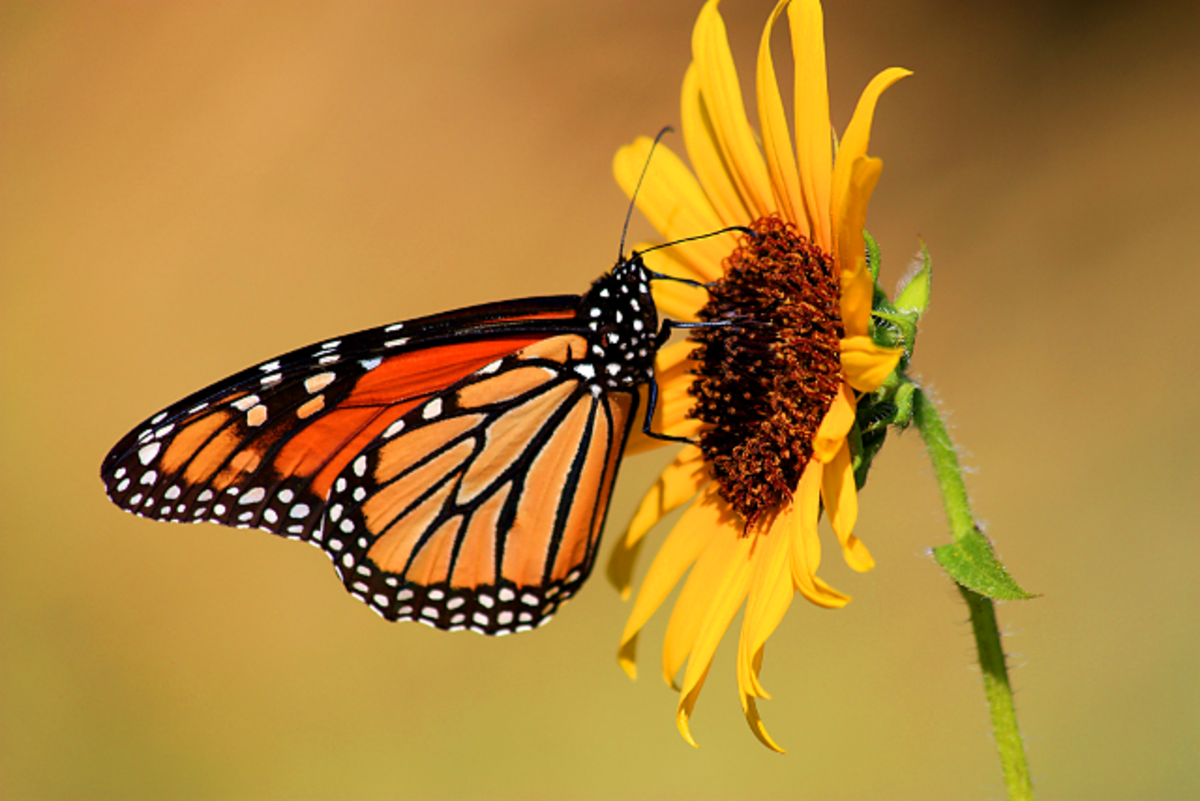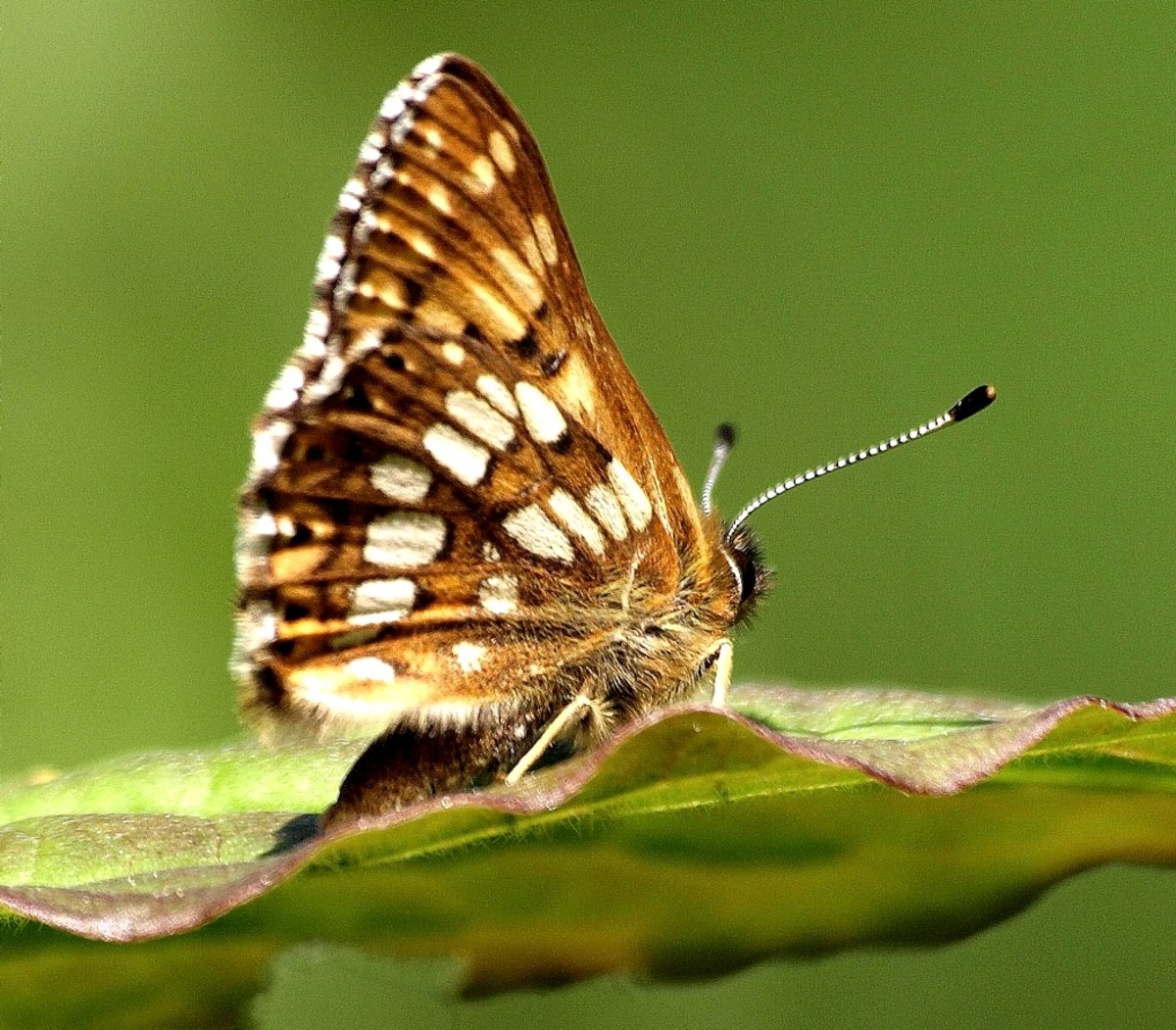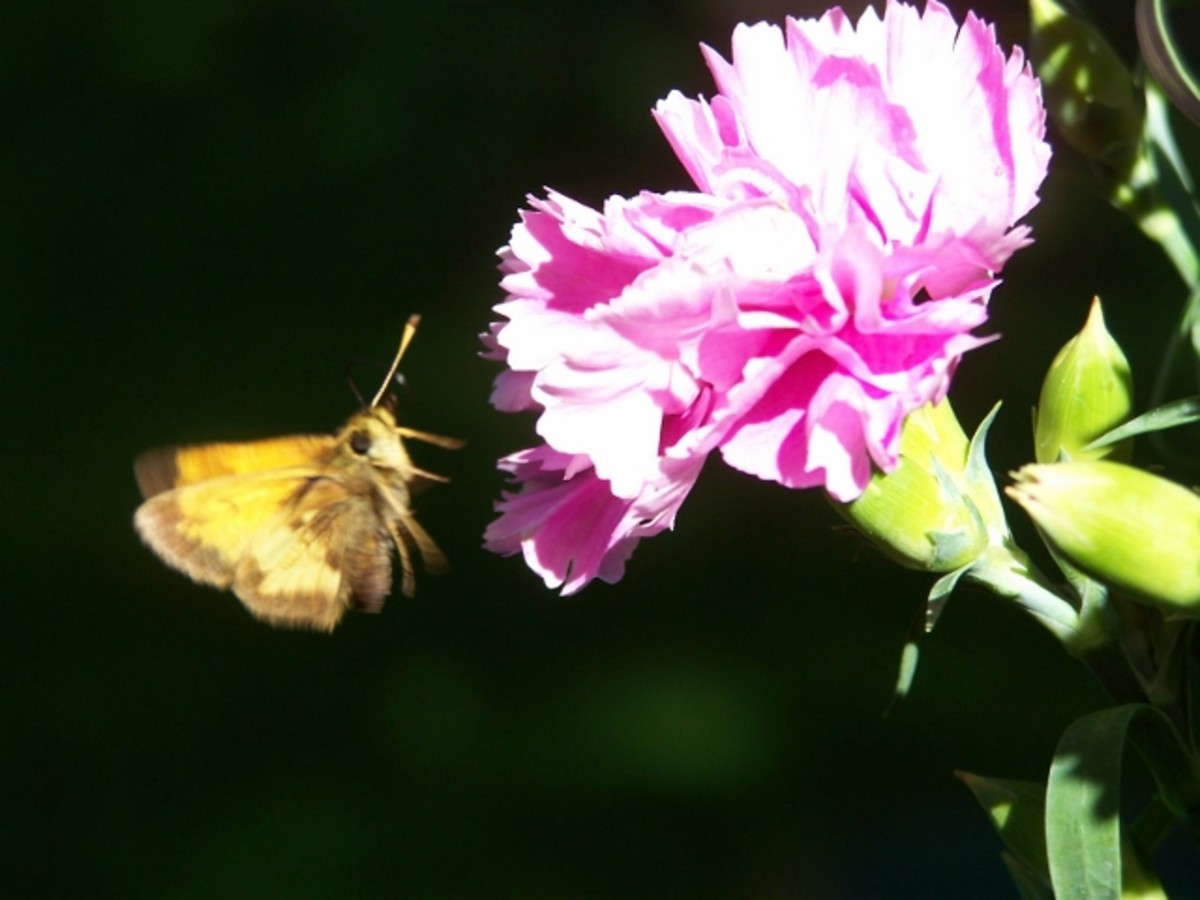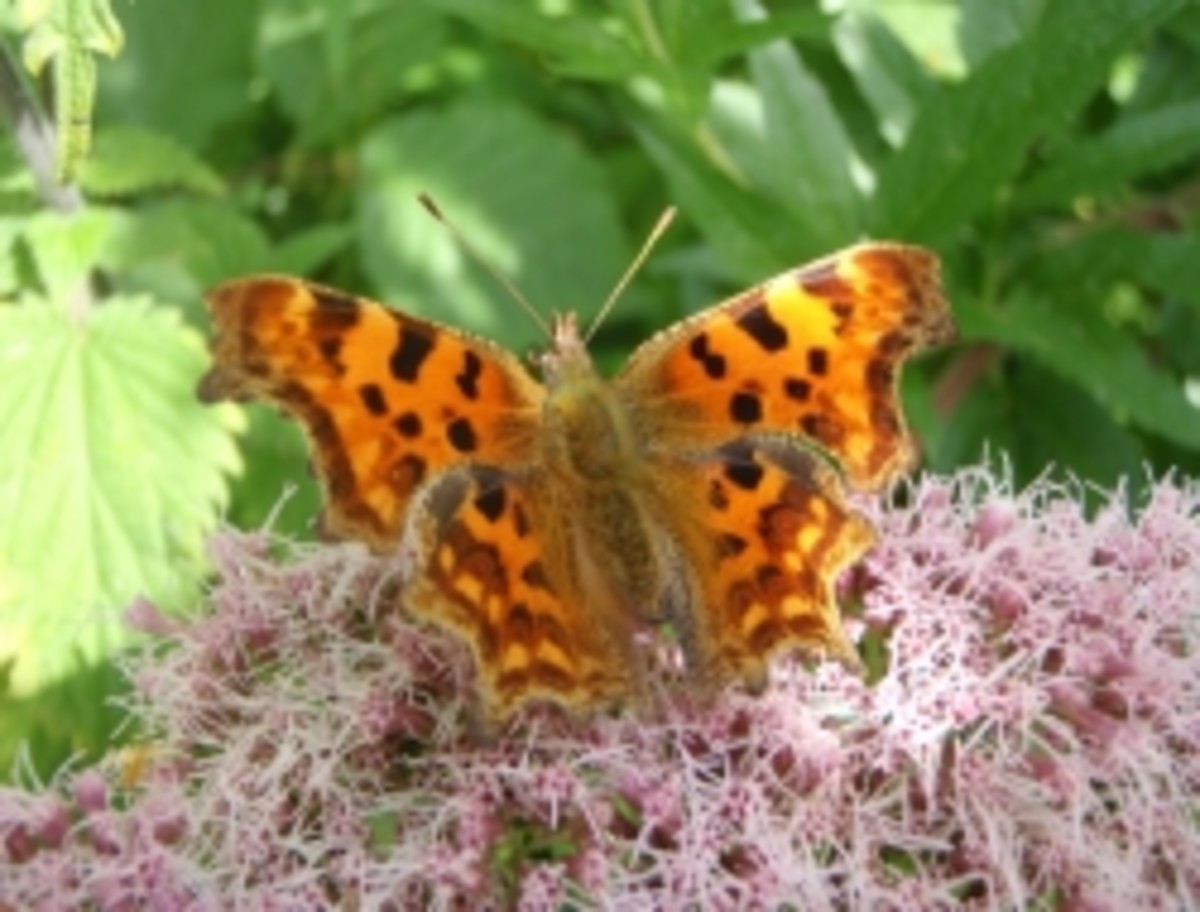- HubPages»
- Education and Science»
- Life Sciences»
- Entomology»
- Insects & Bugs
Butterflies and Moths at the Icod de los Vinos butterfly garden in Tenerife
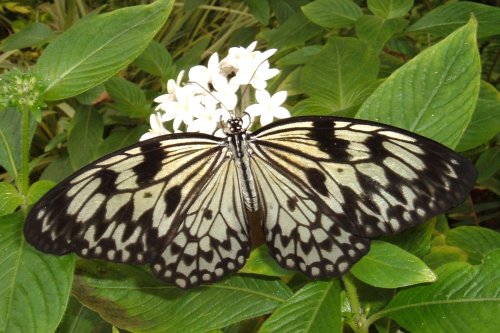
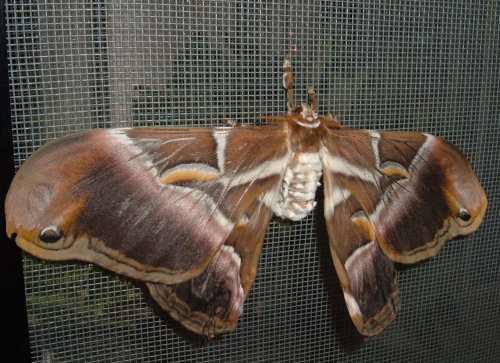
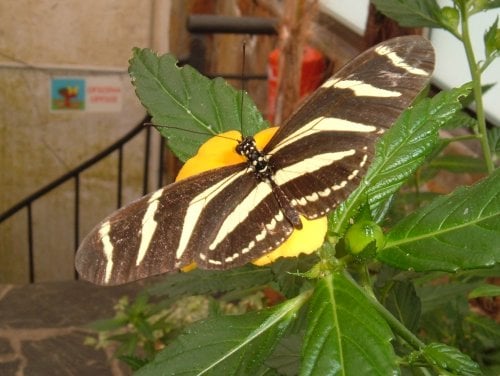
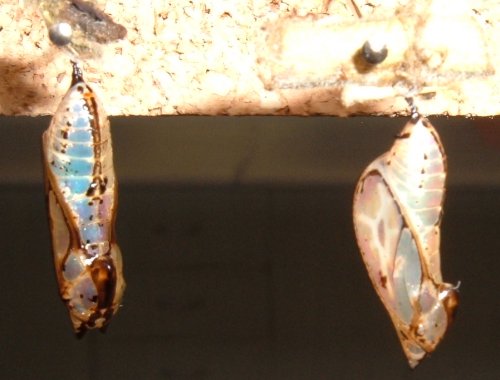


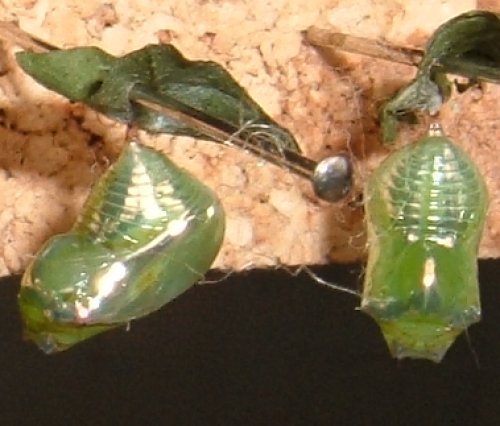
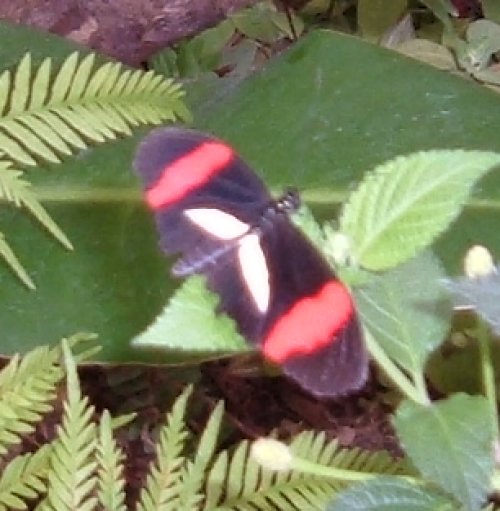
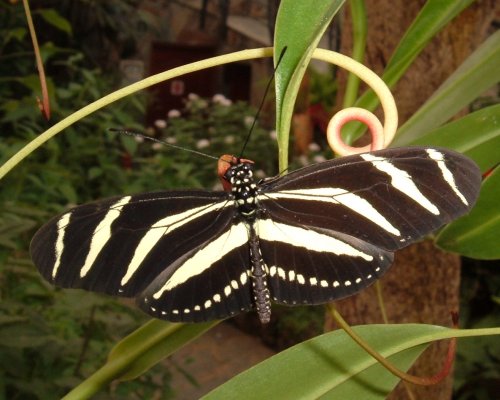
Tenerife butterfly city
What is a rare butterfly from the Malaysian mangrove swamps and south-Asian jungles doing in Tenerife in the Canary Islands you might wonder? It is flying around in the wonderful world of the Mariposario del Drago butterfly gardens in Icod de los Vinos, because that is where you can see the Rice Paper Butterfly (Idea leuconoe) in all its glory.
The Rice Paper Butterfly has large white and black-veined wings with a texture reminiscent of the parchment it is named after, and it also loves to soar and glide in the warm air.
This species, which is also known as the Paper Kite or Wood Nymph Butterfly, is one of many types of exotic butterflies and moths that are reared in the Mariposario, which besides being a very popular attraction for tourists, is also doing its bit in helping to conserve endangered insects of the world.
The Mariposario del Drago is actually one of the reasons I decided I wanted to live here because I visited the place back in the spring of 2004 and it helped confirm for me that Tenerife was where I wanted to be. It's like entering a piece of paradise because the gardens are full of tropical flowers, creepers, trees and bushes and it has a water garden too.
Tiny birds and brightly hued butterflies flit freely around amongst the foliage or venture high up in the sunlit air. Multi-coloured Koi carp swim leisurely in the pools where large terrapins haul themselves out to bask on the rocks. Relaxing New Age music plays and the gaudy insects that live there alight on special feeding platforms where they sip the sweet liquids provided for their nourishment.
The Mariposario del Drago allows plenty of natural light to flood in through its huge windows and glass roof and at the same time provides a stable climate because there's no chance of rain, wind or cold periods in here. It is simply an ideal environment for the butterflies and other animals and plants to live.
Other species of butterfly that can be seen are the stripy Zebra Longwings (Heliconius charithonia) species, the dark winged Common Rose (Pachliopta aristolochiae) and the orange-brown Julia butterflies (Dryas julia). As well as these colourful foreign species, the Mariposario is helping the conservation of the Monarch butterfly (Danaus plexippus), an insect that is very dear to my heart, and as I was saying to the young woman who works there I have been rearing these on plants grown on my balcony.
The Mariposario has a section set up for looking after the caterpillars and chrysalises of the species they have, and visitors can marvel at these stages in the lifecycle of a butterfly or moth. They might be lucky enough to see one emerge at the end of its metamorphosis.
There are glass cases with pots of the food plants for the caterpillars and tows of chrysalises hanging down like little pots of magic potion that gradually make a glorious adult insect. Some of the chrysalises are perhaps as beautiful as the adult butterflies, coming as they do in shades of jade green, gleaming gold with intricate dark markings or formed like tiny burnished metal ornaments.
The Mariposario del Drago breeds moths as well as butterflies and has what is said to be the largest moth in the world - the Atlas Moth (Attacus atlas). These giant insects cannot feed and only live a few days but they make up for it as caterpillars that ravenously devour the leaves they are provided with.
The Atlas Moth is a species of silk-moth and it spins large brown cocoons, which can be seen in the display section. I remember having these as a child. I had ordered the pupae from an insect supplier and it was so exciting to see the massive moths hatch out with wings as big as a small hand. My mother didn't share my excitement though!
Another type of silk moth they rear at the Mariposario is the spectacular Madagascar Moon Moth (Argema mittrei), which has long tails streaming down from its large yellow wings. There weren't any there on the day I visited but I am told they should have some later on in the year - all the more reason for a return visit!
After wandering around the glorious gardens there is yet another delight down a flight of steps because there is an exhibition of huge models of butterflies and moths and stages of their life cycles. There are information charts and also some displays of mounted butterflies in cases, but just in case you are thinking how cruel it is that they also kill the insects - a note explains that all the butterflies on show died of natural causes in the gardens.
There is also a cinema that shows films about insects, and not just butterflies and moths, because I got to watch Stag Beetle (Lucanus cervus) males battling on a log. Another feast for the eye in the worlds of wonder in Icod's Mariposario.
Footnote: First published in the Tenerife Sun
Icod de los Vinos
© 2008 Steve Andrews

